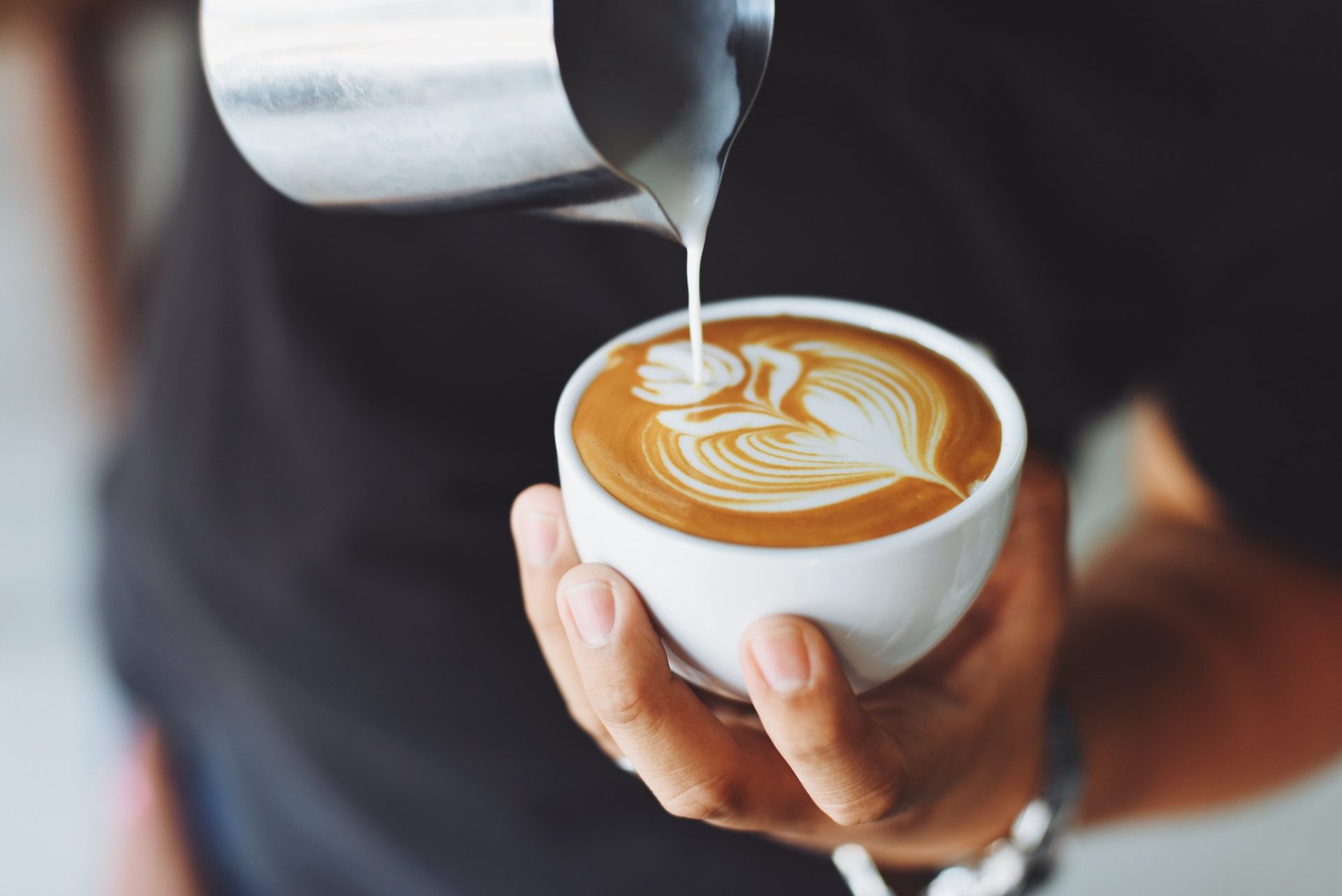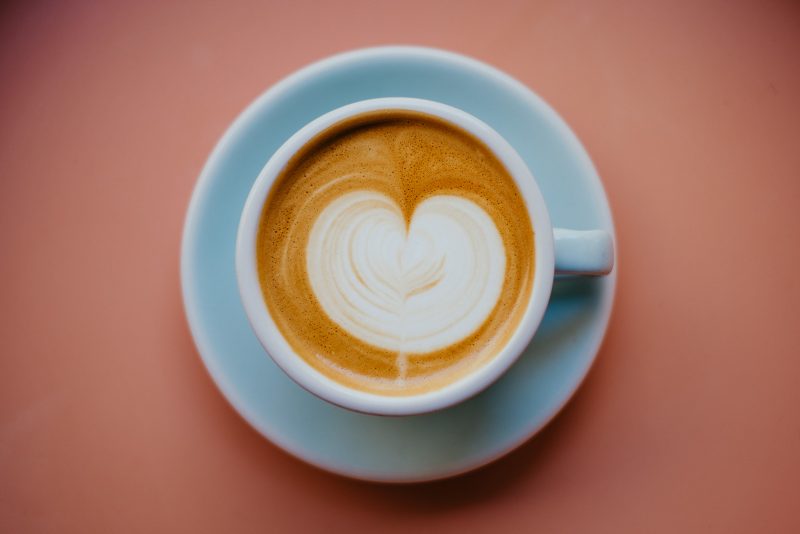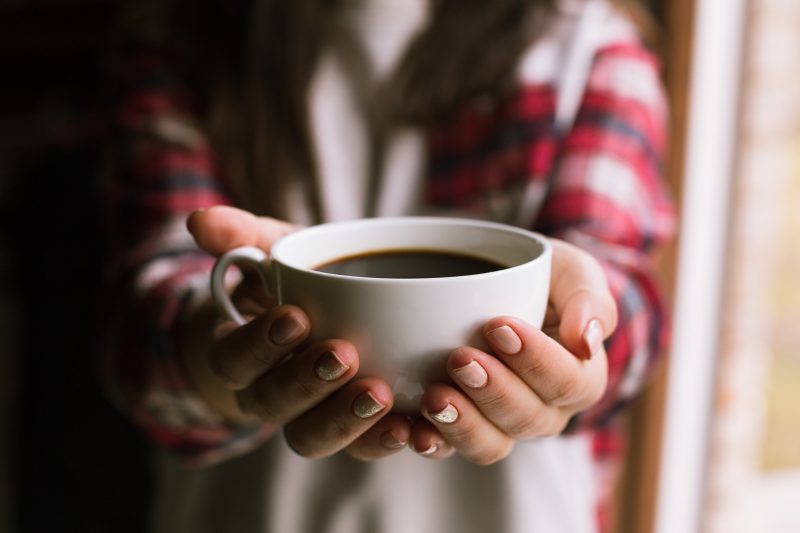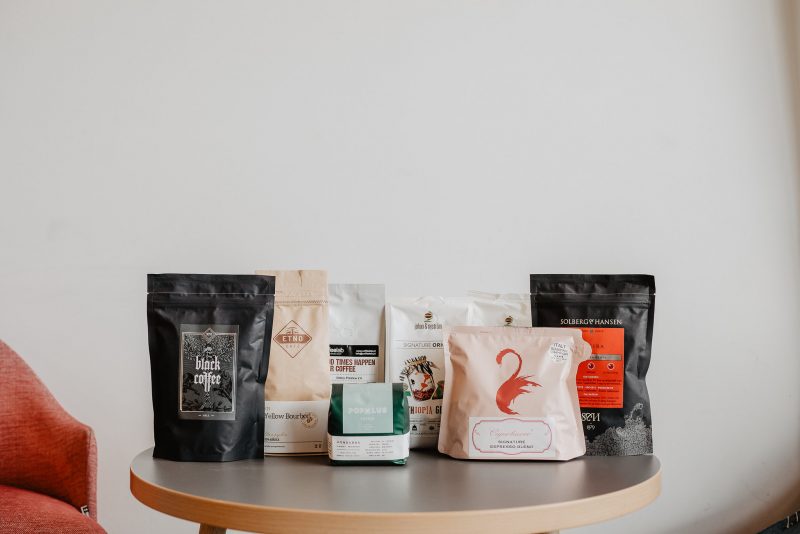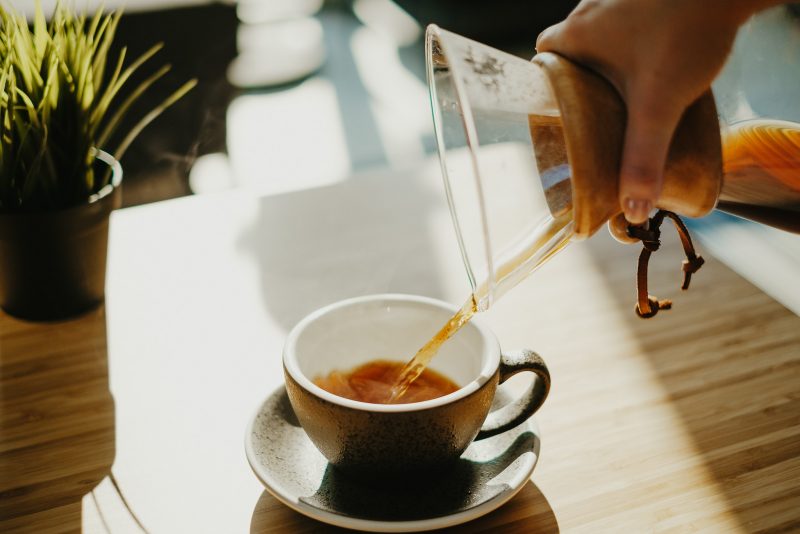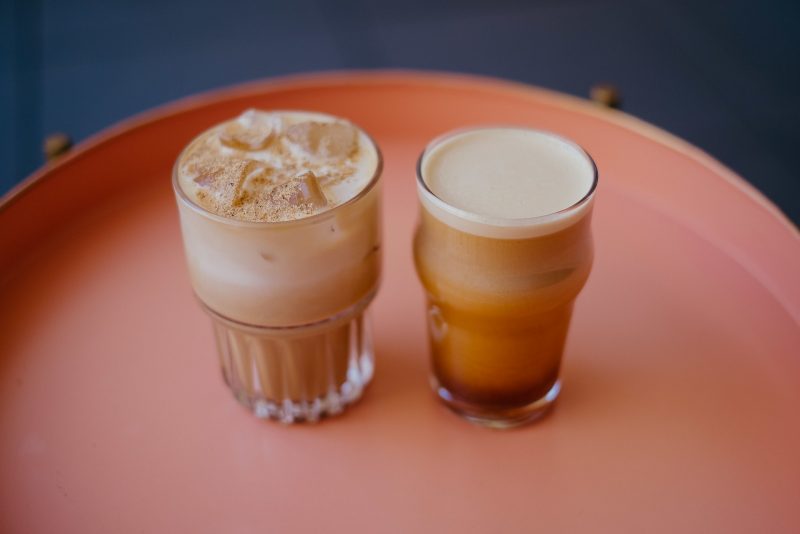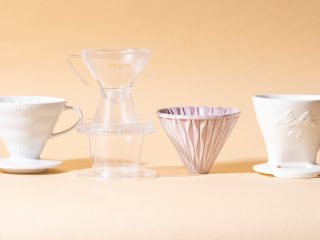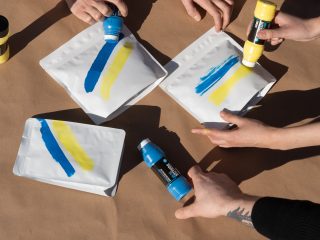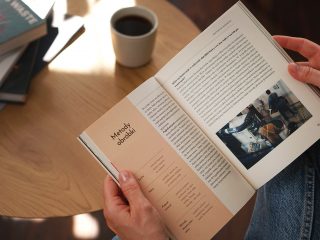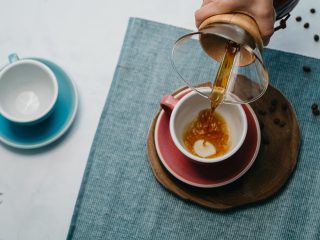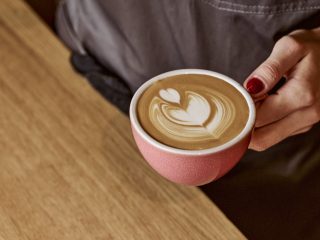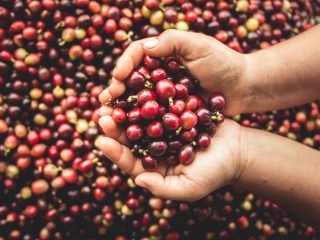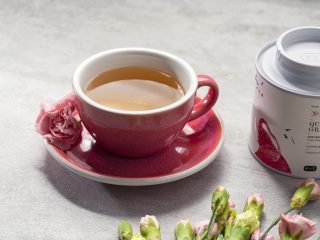Coffee at a café is not only black and white. You go in, and you see AeroPress, Cold Brew, Nitro, Flat White. How to get your way around all of this and order what you really want?
First Question: with Milk or Black?
I Like It with Milk.
Usually there are plenty of milk based coffees on the menu board, so, to make things easy, you just ask for a “plain white coffee” – and this is where things get tough. The barista asks you: macchiato, cappuccino, flat white or latte? Large, small, 150, 200, 300 ml? I’ll tell you a secret: for a barista, every coffee with milk is a white coffee, so what you actually get when you ask for it, is very often up to them. For some old-school baristas, white coffee means americano with milk, for others it’s a flat white, for orthodox baristas it’s a cappuccino, and you can even end up with a large latte. This is why it’s worth knowing what exactly is on your mind – and how to name it. At the beginning, it is worth answering one simple question: “What do I prefer in a milk-based coffee – the taste of coffee or the sweetness of milk?”.
1. I don’t really like the taste of coffee, and my coffee is supposed to be a sweet dessert – I order a cafe latte (read: ka-fei lah-te, with an unstressed e). Cafe latte is simply milk stained with coffee. The dominant flavor is that of sweet, creamy milk. Depending on the café, the size of that coffee is 250-400 ml.
2. I like the combination of an intense espresso with delicate milk. In a small cup! I order a cappuccino. A perfect cappuccino is the one in which a perfect espresso combines perfectly with the sweetness of milk. The simplest analogy is the Monte dessert, known to children big and small, in which the nut-chocolaty and creamy custards complement each other perfectly. This is what a good Cappu should taste like – creamy, smooth in the mouth, with a noticeable espresso combined with sweet milk. The standard size is 150-180 ml, not more. It is also worth noting that the milk foam should not be dry like meringue or bath foam, but perfectly smooth, shiny and silky.
3. I like white coffee with a strong espresso and a splash of milk. I remember drinking cafe con leche and liking it. I order flat white. It is very intense in taste, but should be satin and silky on the palate. It is served in a small cup – 150-180 ml, but on a double espresso.
4. I like espresso stained with milk. I order espresso macchiato. Espresso macchiato (read mock-e-ah-toe) is simply an espresso stained with a bit of milk, it’s mainly about the taste and intensity of the espresso. When ordering an espresso macchiato, you will get a small cup (as for an espresso) with a really small amount of frothed milk. And, as with other coffees, the milk foam should be creamy and silky, not dry.
I Like Black Coffee.
And again, that’s complicated. The barista will ask: “which beans?” or: “Chemex or AeroPress?” or “filtered or from the coffee machine?” or: “single origin or blend?” and so on and so forth. Those with more patience will, of course, explain every step of the way, talk you through everything, but sometimes it is worth knowing in advance.
Filter or Coffee Machine?
Here the question is whether you prefer alternative, pour-over methods (Chemex, drip, siphon, AeroPress, French Press) or black coffee from the coffee machine.
1. Filters: you choose the pour-over method.
2. Coffee machine: the best option here is espresso/double espresso. A barista may ask: single origin or blend? Single origin means that espresso will be made from the beans from one harvest, one plantation, one country – that is homogeneous coffee – some singles will be nutty, others will have chocolate or citrus notes. Blend is a composition of different beans for a better balance and a more classic flavor.
Which Beans?
The question about the beans is nothing more than a question about our flavor preferences.
1. I like the classics: nut, chocolate and caramel notes, more intense flavors, high sweetness, balance. I choose beans from Brazil, Colombia, El Salvador, Sumatra, Costa Rica, Honduras or I ask for a classic at the barista’s discretion.
2. I like experiments: lively, fruity acidity, delicate tea-like infusions, aromas of flowers, sweet fruit, I like to sample and discover new flavors. I choose beans from Ethiopia, Kenya, Rwanda, Burundi, Panama, Tanzania, Papua New Guinea, Guatemala or ask for something citrus-tea like at the barista’s discretion.
3. I’m not sure what I like. I take both! I choose two drips from two contrasting beans.
Chemex or AeroPress?
The heaviest and most intense brews come from French Press and AeroPress. The clearest, purest and tea-like brews come from the Chemex. There’s also a siphon and a dripper in between. If you go for classisc, try drip or AeroPress coffee. If you prefer experiments, be sure to try a Chemex. Or ask the barista which method will get the best out of the coffee you chose. Baristas like that.
I Like Novelties.
Have you ever spotted Cold Brew or Nitro on the menu board in the café, or other mysterious sounding names? It’s a good idea to try those at least once!
1. Cold Brew: sounds magical, and it’s simply coffee “brewed” cold, or infused, actually. Coarsely ground coffee is poured with cold water and brewed for a minimum of several hours. In this way, a very clear and delicate drink is created, with the texture of ice tea, very tea-like to the taste, but with a very high caffeine content. Very often the aromas include citrus fruits, forest fruits and nuts. It is refreshing and does not make you queasy.
2. Nitro Coffee: it’s still a novelty in Poland. If they serve it in the café, you are probably in the right place. It is a cold brew from the keg, which gets its creamy texture from filling the barrel with a mixture of carbon dioxide and nitrogen. This results in a drink similar to Guinness – creamy, silky, and foamy. The combination of carbon dioxide and coffee creates a vivid, amazing acidity. Number one in the world for the heat wave!
It’s no longer so intimidating now, is it? So, what coffee do you feel like having today?

